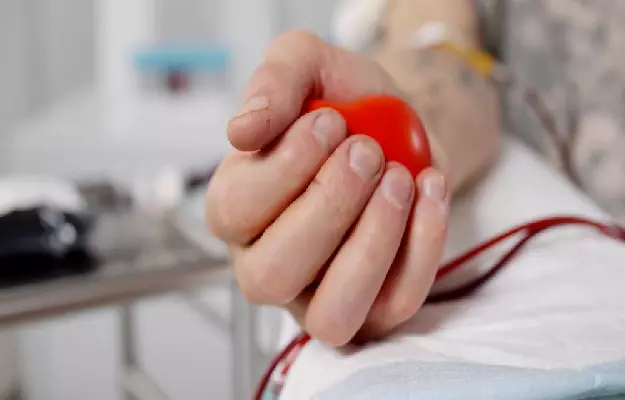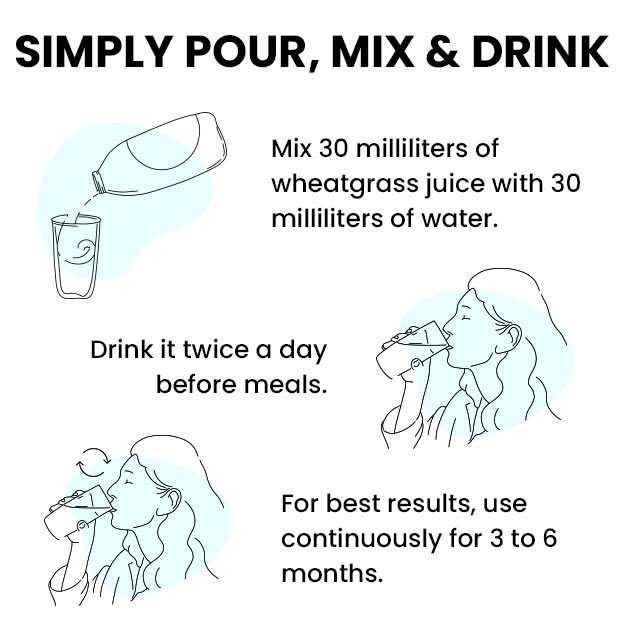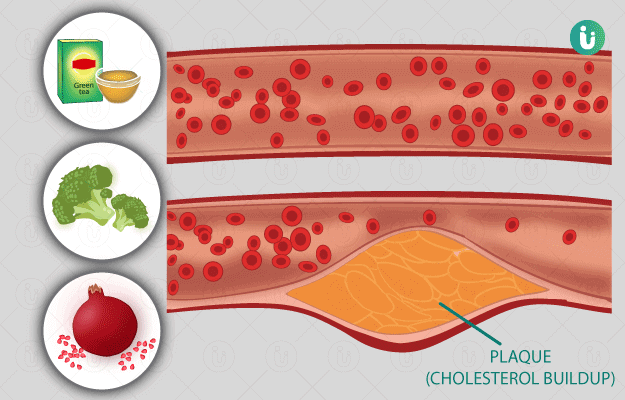Subclavian steal syndrome occurs when blood flow is reversed in one of the arteries that supply blood to the neck, head, and arms. This condition is usually caused by a narrowing of one of the arteries and is treatable.
Subclavian steal syndrome is a blood circulation problem that occurs when blood flow is reversed in the arteries that supply blood to the neck, head, and arms. It is an uncommon condition that usually affects older adults.
Symptoms of subclavian steal syndrome can range from mild to severe. Depending on the location and severity of the artery blockage, treatment may be limited to managing cholesterol and blood pressure levels or may require treatment to improve blood flow in the affected artery. Subclavian steal syndrome usually has minimal complications and is treatable. Subclavian steal syndrome occurs when blood flows from your brain (instead of to the heart) to the hands. This reverse blood flow is usually caused by a narrowing of one of the arteries.
Read more - (Blood Clotting Disorders: symptoms, causes, treatment)

















